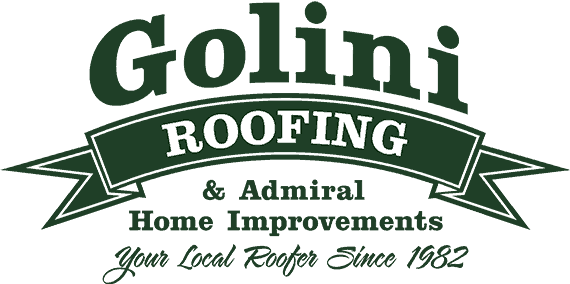What is Residential Roofing? Top 5 Must-Know Facts 2024
What is residential roofing? Residential roofing is a multifaceted industry dedicated to designing, installing, and maintaining roofs specifically for homes. It involves various materials, techniques, and styles custom to the look and functionality of your house.
- Overview: Residential roofing focuses on homes and small residential buildings.
- Importance: Protects from weather, improves curb appeal, and ensures energy efficiency.
- Protection: Shields against rain, snow, wind, and harsh weather.
- Insulation: Helps regulate indoor temperatures, lowering energy bills.
- Aesthetics: Boosts the architectural beauty of your home.
I’m Jack Golini, owner of Golini Roofing with over 35 years of experience in the roofing industry. We’ll break down everything you need to know about residential roofing, including materials, types, and benefits to help you make informed decisions for your home.
What is Residential Roofing?
Residential roofing is an umbrella term for roofing services designed specifically for homes and other residential properties. It covers everything from the materials and design to the installation and maintenance of roofs on houses.
Definition and Purpose
At its core, residential roofing involves constructing and maintaining roofs for homes. The purpose of residential roofing is multifaceted:
- Protection: Shields your home from the elements like rain, snow, wind, and harsh weather conditions.
- Insulation: Helps regulate indoor temperatures, keeping your home warm in the winter and cool in the summer.
- Aesthetics: Improves the visual appeal of your home, contributing to curb appeal and overall property value.
Key Components of Residential Roofing
A residential roof is more than just the outer layer you see. It comprises several critical components that work together to provide protection and insulation:
- Roof Decking: The foundation layer that supports the entire roof structure. Typically made of plywood or OSB (Oriented Strand Board).
- Underlayments: Water-resistant layers placed on top of the decking to provide an additional barrier against moisture. Examples include ShingleFelt® 30 and DiamondDeck®.
- Accessory Products: These include hip and ridge shingles like ShadowRidge® and Mountain Ridge®, which add extra protection and aesthetic appeal.
- Proper Attic Ventilation: Ensures airflow to keep the attic space cooler and drier, preventing moisture buildup. Options include Ridge Vent and Static Vents.
- Starter Shingles: The first row of shingles installed, which helps speed up the application process and improves the roof’s durability. Examples include Swiftstart® and High Performance Starter.
Homes and Residential Properties
Residential roofing is specifically custom to the needs of homes and smaller residential buildings. It takes into account factors like:
- Architectural Style: The design of the roof often complements the architectural style of the home, incorporating features like gables and dormers.
- Local Climate: The roofing system must withstand local weather conditions, whether it’s heavy snowfall or intense sun.
- Building Codes: Compliance with local building codes ensures that the roof meets safety and performance standards.
By understanding these elements, homeowners can make informed decisions about their roofing needs, ensuring that their homes are both beautiful and well-protected.
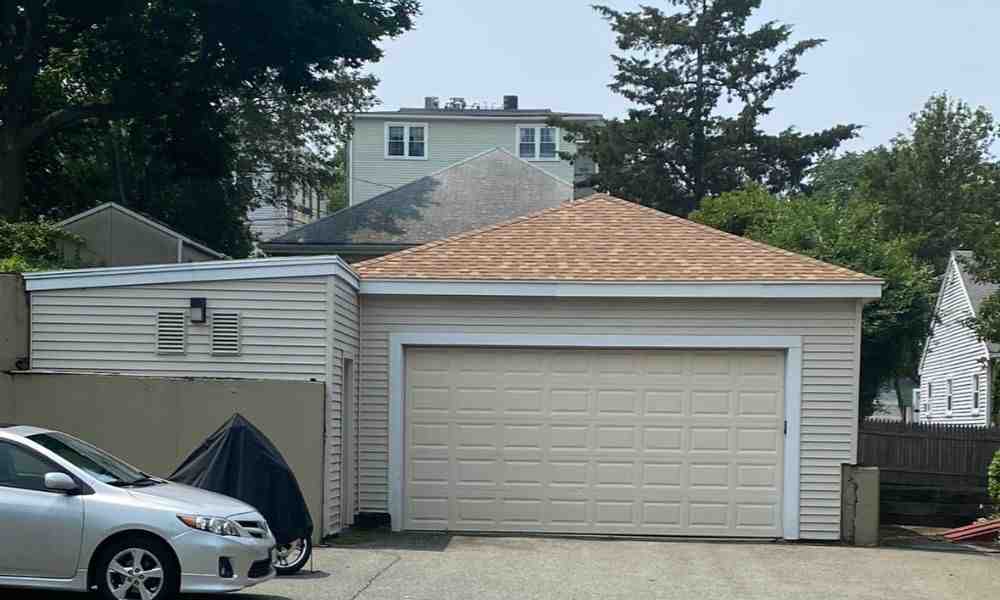
Next, we’ll dive into the common types of residential roofing materials, including asphalt shingles, metal roofing, and more.
Common Types of Residential Roofing Materials
When it comes to residential roofing, homeowners have several material options to choose from, each with its own unique benefits and drawbacks. Let’s explore the most common types:
Asphalt Shingles
Asphalt shingles are the most popular roofing material for homes. They are economical, easy to install, and come in a variety of styles and colors. These shingles are also fire-resistant and have a lifespan of 15-20 years.

Metal Roofing
Metal roofs are known for their durability and long lifespan, often lasting between 40 to 75 years. They are also recyclable and energy-efficient, reflecting sunlight to reduce cooling costs. Metal roofs can be made from materials like steel, aluminum, and copper, and can even be designed to mimic other roofing types, such as tile or wood shakes.
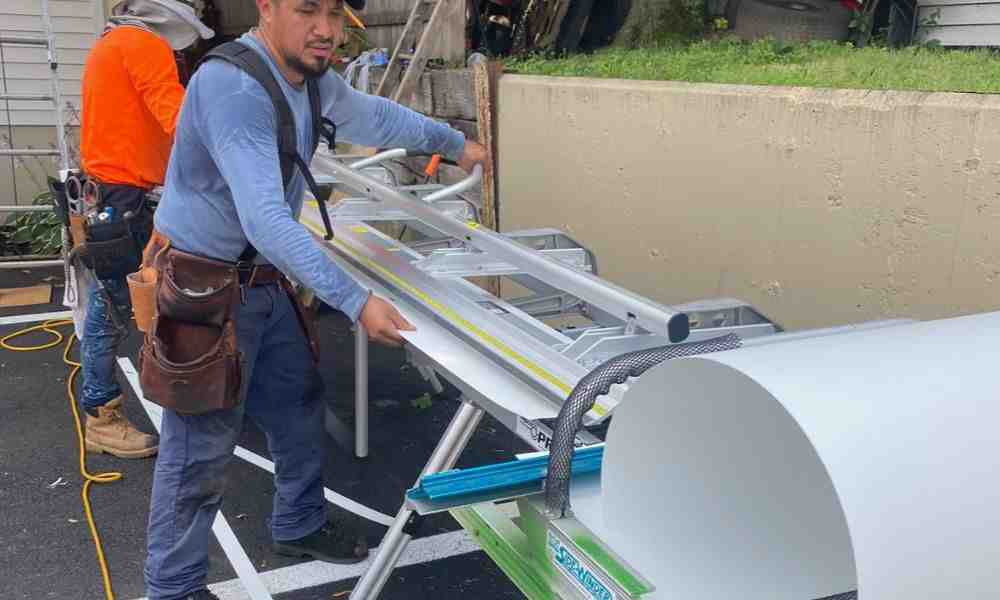
Wood Shingles/Shakes
Wood shingles and shakes offer a natural, rustic appearance that is particularly appealing for luxury homes. Made from woods like cedar or redwood, these roofs can last between 20 to 60 years depending on the climate. Wood shingles are thinner and smoother, while shakes are thicker and have a rougher texture.
Clay or Concrete Tiles
Clay and concrete tiles are extremely durable and energy-efficient. They come in various colors and styles, adding texture and elegance to your roof. However, they are heavy and usually require additional structural support. These tiles can last for decades, making them a long-lasting option.
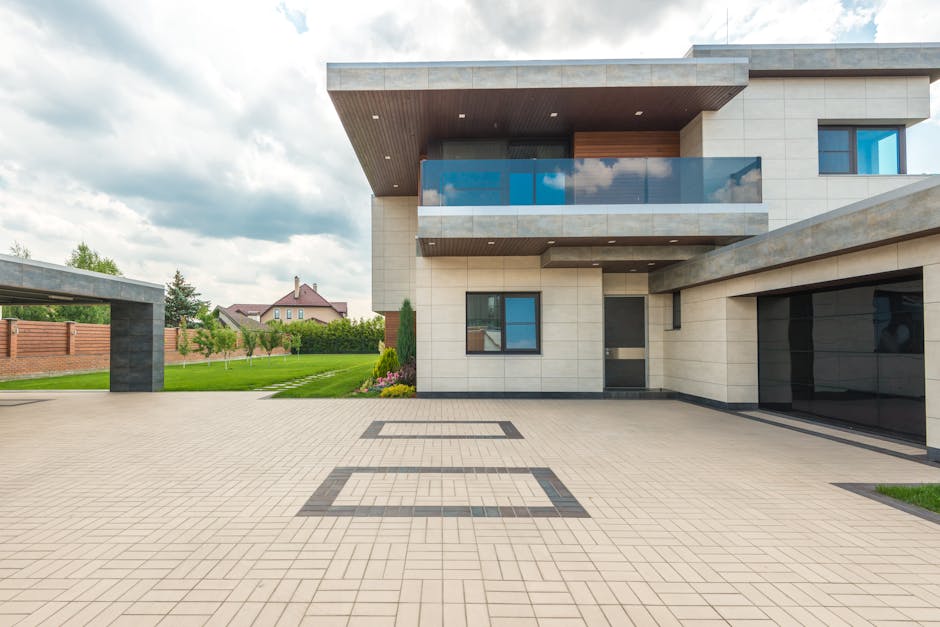
Slate Roofing
Slate is one of the most neat and long-lasting roofing materials available. Made from real stone, slate roofs can last for hundreds of years if properly maintained. However, slate is expensive and requires specialized installation.
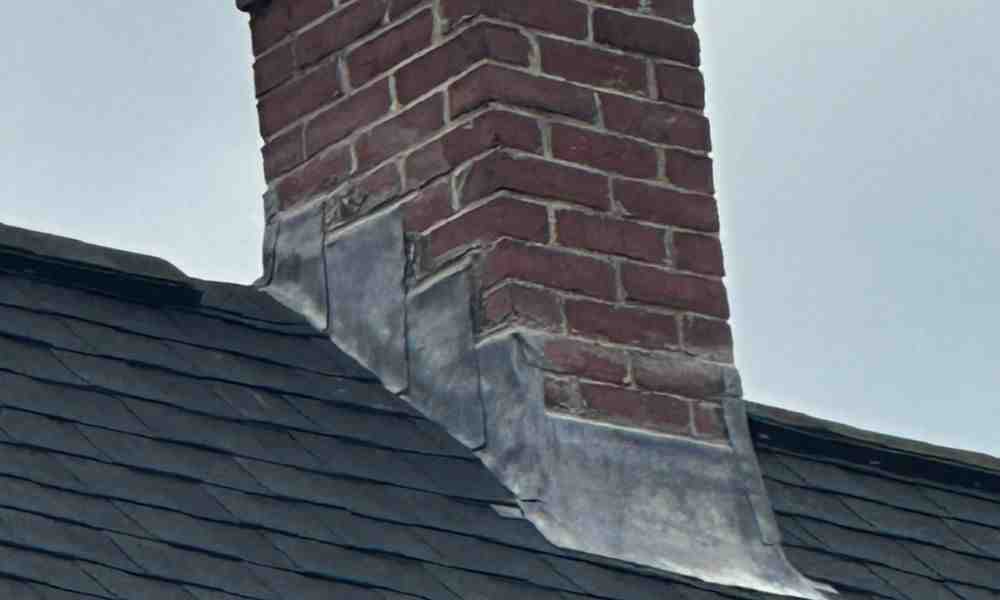
Solar Shingles
Solar shingles combine the benefits of traditional roofing materials with solar energy production. They look like regular shingles but can generate electricity for your home. While they are more expensive upfront, they can save money on energy bills in the long run.

Green Roofing
Green roofs are covered with vegetation, providing excellent insulation and reducing stormwater runoff. They are environmentally friendly and can extend the lifespan of the roof. However, they require more maintenance and structural support.
Rolled Roofing
Rolled roofing is a budget-friendly option often used for low-slope roofs. It is easy to install but does not offer the same durability or aesthetic appeal as other materials. It’s best suited for sheds, garages, or other secondary structures.

Each of these materials has its own set of advantages and disadvantages, making it important to consider factors like budget, local climate, and aesthetic preferences when choosing the right one for your home.
Key Components of a Residential Roofing System
Roof Decking
The roof decking is the foundation of your roof. It provides structural support and a base for other roofing materials. Most homes use plywood or oriented strand board (OSB) for decking. These materials are strong and durable, ensuring that your roof can handle the weight of shingles and withstand weather conditions.
Think of the roof decking as the skeleton of your roof. Without a solid deck, your roof wouldn’t have the support it needs to stay intact.
Underlayments
Underlayments are a water-resistant layer installed directly on top of the roof decking. They act as a secondary barrier against leaks, especially in vulnerable areas like valleys and eaves. CertainTeed offers high-performance underlayments like ShingleFelt® 30 and DiamondDeck®, which provide excellent protection.
For areas prone to ice dams and wind-driven rain, WinterGuard® is a waterproofing underlayment that offers added security. These products are crucial for preventing water damage and extending the life of your roof.
Accessory Products
Accessory products are the finishing touches that complete your roofing system. Hip and ridge shingles are used to cover the angles of your roof, providing a polished look and added protection. CertainTeed’s ShadowRidge® and Mountain Ridge® are designed to complement the appearance of your main shingles while offering the same level of durability.
These accessories not only improve the aesthetics of your roof but also ensure that all parts of the roof are protected from the elements.
Proper Attic Ventilation
Proper attic ventilation is essential for maintaining a healthy and efficient roofing system. It allows a continuous flow of outside air through the attic, creating cooler attics in the summer and drier attics in the winter. This balanced system includes air intake at the eaves or soffits and air exhaust at or near the roof ridge.
CertainTeed offers various ventilation products like Ridge Vent, Rolled Ridge Vent, and Intake Vent to meet different needs. Proper ventilation helps prevent issues like mold, ice dams, and excessive heat buildup, ultimately extending the life of your roof.
Starter Shingles
Starter shingles are the first row of shingles installed on your roof. They save application time and ensure a consistent appearance and performance. CertainTeed manufactures Swiftstart® for use with the Landmark® series and High Performance Starter for Belmont®, Grand Manor®, and Highland Slate®.
Using the correct starter shingles is crucial for the overall integrity of your roofing system. They provide a secure base for the rest of the shingles and help prevent wind uplift at the edges of the roof.
Understanding these key components will help you make informed decisions when it comes to installing or maintaining your residential roof. Each element plays a vital role in protecting your home and ensuring the longevity of your roofing system.
Differences Between Residential and Commercial Roofing
Design
The design of residential and commercial roofs is quite different due to their unique purposes. Residential roofs are typically pitched with a higher slope. This design helps with water runoff and adds to the home’s aesthetic appeal. You’ll often see gable, hip, and mansard styles on homes.
Commercial roofs, on the other hand, are usually flat or have a low slope. This design is practical for accommodating large HVAC units, vents, and other equipment. Many commercial roofs also have a parapet wall for added protection and to hide the equipment from view.
Materials
The materials used for residential and commercial roofs also vary. Residential roofing often includes:
- Asphalt Shingles: The most common, economical, and easy to install.
- Wood Shingles/Shakes: Natural wood like cedar or redwood, ideal for luxury homes.
- Clay or Concrete Tiles: Durable and energy-efficient, but heavy.
- Metal Roofing: Long-lasting and recyclable.
- Slate Roofing: Neat and long-lasting but expensive and requires specialized installation.
Commercial roofing materials are usually more industrial and durable, including:
- Single-Ply Membranes (TPO, PVC, EPDM): Flexible and resistant to UV rays.
- Modified Bitumen: Durable and flexible, suitable for extreme weather.
- Built-Up Roofing (BUR): Multiple layers for excellent waterproofing.
- Metal Roofing: Long-lasting and energy-efficient.
Maintenance
Residential roofs are generally smaller and simpler, requiring less frequent maintenance. One professional inspection per year is usually sufficient. However, homeowners should still perform periodic inspections, especially after storms.
Commercial roofs need more regular maintenance due to their larger surface area and the various equipment installed. Professional inspections and routine maintenance should be done at least twice a year to ensure longevity and reduce the risk of extensive repairs.
Installation
The installation requirements for residential and commercial roofs differ significantly in terms of complexity and time.
Residential roofing is more straightforward and quicker to install. A smaller crew of local roofing contractors and residential specialists can often complete the job efficiently. However, homeowners should never attempt to install their own roofs due to the skilled experience required.
Commercial roofing installation is typically more complex and time-consuming. It often requires a team of experienced contractors familiar with commercial-grade materials and the specific needs of commercial buildings.
Repair
Roof repairs also vary between residential and commercial roofs based on materials, design, and purpose.
Residential roof repairs tend to be more straightforward and can often be completed by experienced roofing contractors. The availability of materials and the extent of repairs needed will influence the time and cost.
Commercial roof repairs are often more extensive and may require specialized equipment due to the larger size and complexity of the roofing systems. The presence of HVAC units and other equipment can complicate repair work.
Cost
The overall cost of roofing projects can vary significantly due to the factors mentioned above.
Residential roofing projects are generally more cost-effective. The choice of roofing material, the home’s size, and the design’s complexity will impact the overall cost. For example, asphalt shingles are often the most budget-friendly option.
Commercial roofing projects tend to be more expensive due to the larger size, specialized materials, and complexity of the installation. Costs can vary widely depending on the type of commercial roofing system chosen and the specific requirements of the building.
Understanding these differences between residential and commercial roofing can help you make informed decisions when planning your roofing project.
Signs You Need a New Residential Roof
Knowing when to replace your roof is crucial to maintaining your home’s integrity. Here are some key signs that indicate it might be time for a new roof:
Sagging Roof
A sagging roof is a clear indication of structural issues. This could be due to severe water damage or broken rafters. If you notice your roof sagging, it’s essential to have it inspected immediately. Ignoring this can lead to more significant problems, including potential collapse.
Leaks
Water damage inside your home is a straightforward sign that your roof isn’t doing its job. Leaks can result from ice dams, compromised shingles, or deteriorated flashing. Addressing leaks promptly is vital to prevent mold growth and pest infestations like carpenter ants.
Missing Shingles
Missing shingles are a common issue, especially after strong winds or storms. If you notice bare spots on your roof, it’s time to consider a replacement. Missing shingles expose the underlying structure to the elements, leading to further damage.
Granules in Gutters
Finding granules in your gutters is a sign that your shingles are wearing out. Asphalt shingles shed granules as they age, which reduces their effectiveness. If you see a significant amount of granules in your gutters, it’s a good idea to get your roof inspected.
Age of Roof
The age of your roof is a significant factor in determining whether it needs replacement. Most asphalt shingle roofs last between 20 to 25 years. If your roof is approaching this age, it’s wise to start planning for a replacement, even if there are no visible issues yet.
Increased Energy Bills
An old or damaged roof can impact your home’s insulation, leading to higher energy bills. If you notice a sudden increase in your heating or cooling costs, your roof might be the culprit. Proper insulation and ventilation are crucial for maintaining energy efficiency.
Recognizing these signs can help you address roofing issues before they become major problems. Regular inspections and maintenance can extend the life of your roof and protect your home.
Frequently Asked Questions about Residential Roofing
What is the most common type of residential roofing?
The most common type of residential roofing is asphalt shingles. These shingles are popular because they are economical, easy to install, and come in a variety of styles and colors. Most homeowners choose asphalt shingles due to their affordability and durability, usually lasting between 15 to 20 years.
How much does residential roofing cost?
The cost of residential roofing can vary widely based on several factors. On average, homeowners can expect to pay between $5,000 to $10,000 for a new roof. Here are some key factors that influence the total cost:
- Square Footage: Roofs are measured in squares, with one square equaling 100 square feet. Larger roofs require more materials and labor.
- Roofing Material: Asphalt shingles are generally more affordable, while materials like metal or slate can be more expensive. For instance, asphalt shingles might cost around $7 per square foot, whereas metal roofing can go up to $40 per square foot.
What is the difference between residential and commercial roofing?
Design: Residential roofs typically have a pitched design with a higher and steeper slope to ensure efficient rainwater drainage. Commercial roofs, on the other hand, usually have a lower slope and cover larger areas, often including features like HVAC units and parapet walls.
Materials: While residential roofs commonly use asphalt shingles, wood shingles, clay tiles, metal roofing, and slate roofing, commercial roofs often use more industrial materials like thermoplastic membrane (TPO), rubber membrane (EPDM), or asphalt.
Maintenance: Residential roofs are generally easier to maintain due to their smaller size. Homeowners might not schedule regular maintenance unless there are visible issues. In contrast, commercial roofs require regular professional inspections and maintenance to prevent leaks and damage.
Installation: The installation process for residential roofs is usually less complicated and can often be completed in a day or two. Commercial roof installations are more complex, requiring specialized tools and larger equipment, and can take significantly longer to complete.
Repair: Repairing a residential roof often involves fixing or replacing shingles. Commercial roof repairs can be more complex due to the materials and design, often requiring specialized equipment and experienced contractors.
Understanding these differences can help you make informed decisions whether you’re dealing with a residential or commercial roofing project.
Conclusion
In summary, residential roofing is an essential aspect of homeownership. It protects your home, provides insulation, and adds to its overall aesthetics. Understanding what is residential roofing helps you make informed decisions about materials, design, and maintenance.
Residential roofs are designed to be visually appealing and match your home’s architectural style. They are built to withstand local climate conditions and comply with building codes. Regular maintenance, such as routine inspections and proper ventilation, is crucial for the longevity and performance of your roof.
At Golini Roofing, we specialize in providing top-notch residential roofing services. Our experienced team ensures that your roof is not only functional but also improves the beauty of your home. We offer a range of services, including roof installations, repairs, and maintenance, all custom to meet your specific needs.
Ready to take the next step? Contact Golini Roofing for a free estimate and let us help you protect and beautify your home. Experience the Golini Roofing difference today. Reach out to us through our contact page.
Choose Golini Roofing—the name synonymous with excellence, quality, and the best roofing solutions.
Contact Golini Roofing Today!
